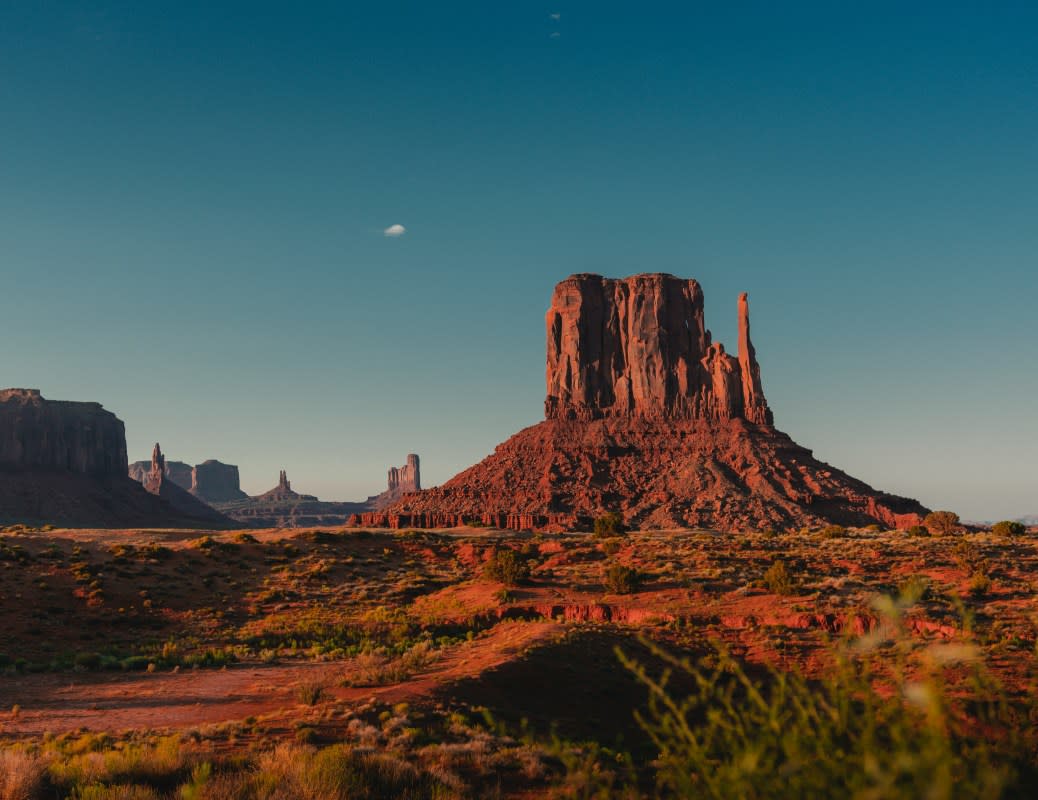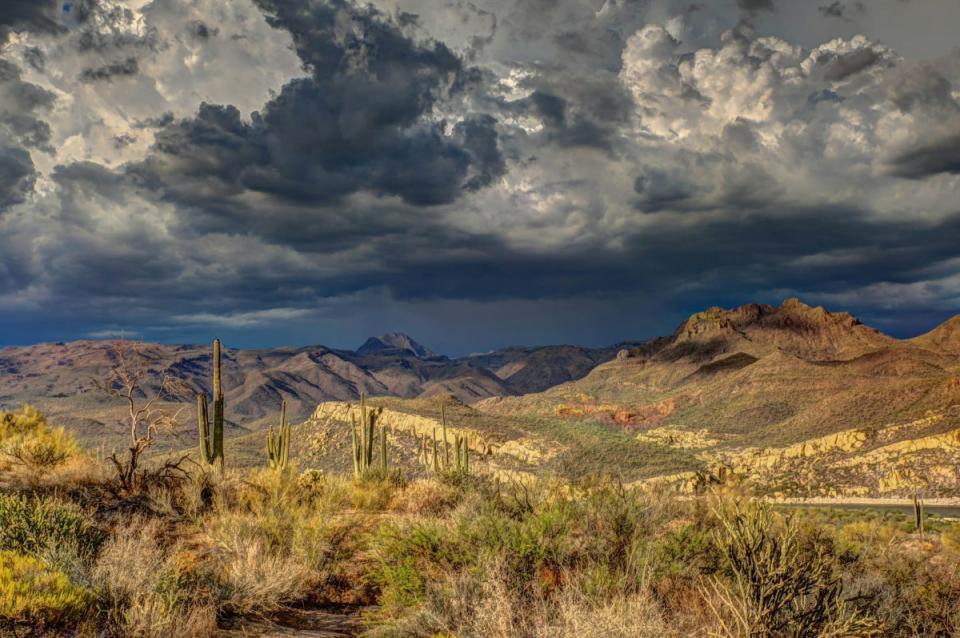Liquid Love Letter: Arizona

Courtesy of Unsplash | Photo by Gautier Salles
Guys. I've been hearing for years about the scene in an old mining town in Northeast Arizona. A friend of mine from my Silverlake Wine days has been making wine out here since 2004, and has been inviting me to check it out for about the last decade—I'm real mad at myself for it taking this long.
When you hear the words "wine" and "Arizona" together, I am sure you feel some kinda way. Especially if you haven't experienced it for yourself.
It's so hot there. It's a desert. What grapes could possibly do well there?
Good points. Good question.
But we are focusing on the wrong sides of the coin.
Arizona is shaped like a giant bowl, with high elevation topography on the outer parts of the state and lower elevation plains in the middle. If you think of Phoenix as the archetype, you'd be right in the skepticism. But the true wine regions are on the outer rungs of the bowl-like shape of the state. Elevation is your friend.
I'm in the Northeast, equidistant between Sedona and Prescott. The towns and vineyards range between 3,800ft - 4,900ft elevation. This is key because the warm days are balanced by cold nights, with a large diurnal shift. Always clue in when you hear "diurnal shift"—it's a reference to the difference between the high and low temperature of a day, and the larger the difference, the better for grape growing in warm climates.
So in this area—the Verde Valley—you're dealing with the cities of Jerome, Cottonwood, Clarkdale, and Cornville. Jerome is an old mining town, dating back to 1876 when large copper deposits were discovered and produced an average of 3 million pounds of copper per month for a prolonged period. As the mines produced less, the population spread down to the lower elevation areas into the early 1910s and established the surrounding cities.
Prohibition hit the vineyards in the area hard, most were ripped out or went dormant. It took a very long time for the energy of Arizona grape growing to find a champion again...enter Maynard James Keenan. I know him as James—but you probably know him as Maynard—the lead singer in Tool, A Perfect Circle, and Puscifer. He's a legend in the music world, but I argue he's done even more for Arizona wine.
With 110 acres under vine, 4 winery locations, 4 tasting rooms, 2 restaurants (and more coming?), and 1 record store/barber shop...the footprint of MJK's passion is ever growing and raising the bar for what you can expect from Arizona. Time to redefine what Arizona IS.
He wants you to be excited to taste Arizona wine.
I've been luckily tasting the fruits of his labor since 2009, and it took me 15 years to get here. Do not wait 15 years, yourself.
Visit Caduceus Cellars
Visit Merkin Vineyards Hilltop Winery & Trattoria
Visit Four Eight Wineworks
Visit Puscifer The Store
- Oops!Something went wrong.Please try again later.

Courtesy of Unsplash | Photo by Robert Murray
Matthew suggested Arizona as our theme for this week’s Liquid Love Letter and, I have to confess, my heart did a little dance of YES.
Yes, I want to write about wine in Arizona. Yes, I want to learn more about what Matthew has to say. And Yes, I want to do those things while I am in fact drinking a wine from Arizona, namely, the 2016 Graciano from Aridus, which was made in limited quantities and that I had been waiting to open until exactly the right occasion.
This is that occasion. Which explains the little dance of YES.
Back in 2019, when I first wrote about wine in Arizona, the industry there was enjoying an early blush of media attention, with wine-region-of-the-year accolades and top ratings in well-known publications. Back in 2019, an acre of land in Willcox (a center of grape growing at the very southern tip of the state, about 30 minutes from Mexico) cost between $3000 and $5500 an acre, with parcels available that ranged from 40 to 200 acres.
I suspect the situation is different now.
That’s because wineries in Arizona have consistently produced bottles like the Aridus Graciano that is in my glass at this very moment. Fresh red berries. Red currants. Tart cherry. Sweet but subtle spice like cinnamon and clove. A lingering sense of earthiness on both the palate and the finish.
It’s delicious — eight years after harvest — and unique, two of the primary boxes any winemaker hopes will be checked by consumers and enthusiasts.
That would be true even if you didn’t know where the wine came from. But once you do know that it’s from the desert of Arizona, the unique and interesting rating goes up even higher.
Let me close with two more interesting bits about wine in Arizona to pique your curiosity all the more. You could reasonably expect high temperatures and access to water to be two complicating factors of grape growing in southern Arizona, and you’d be right. What you wouldn’t expect is that in some places the wind is a more dominant influence than even temperature and water. The second bit is that, before grapes, crops such as cotton, corn, pistachios, pecans and tomatoes grew in the area around Willcox. Grapes, however, require a quarter of the water that corn does.
Sounds to me like one good reason to get on board with wine from Arizona. As if we needed any more.

